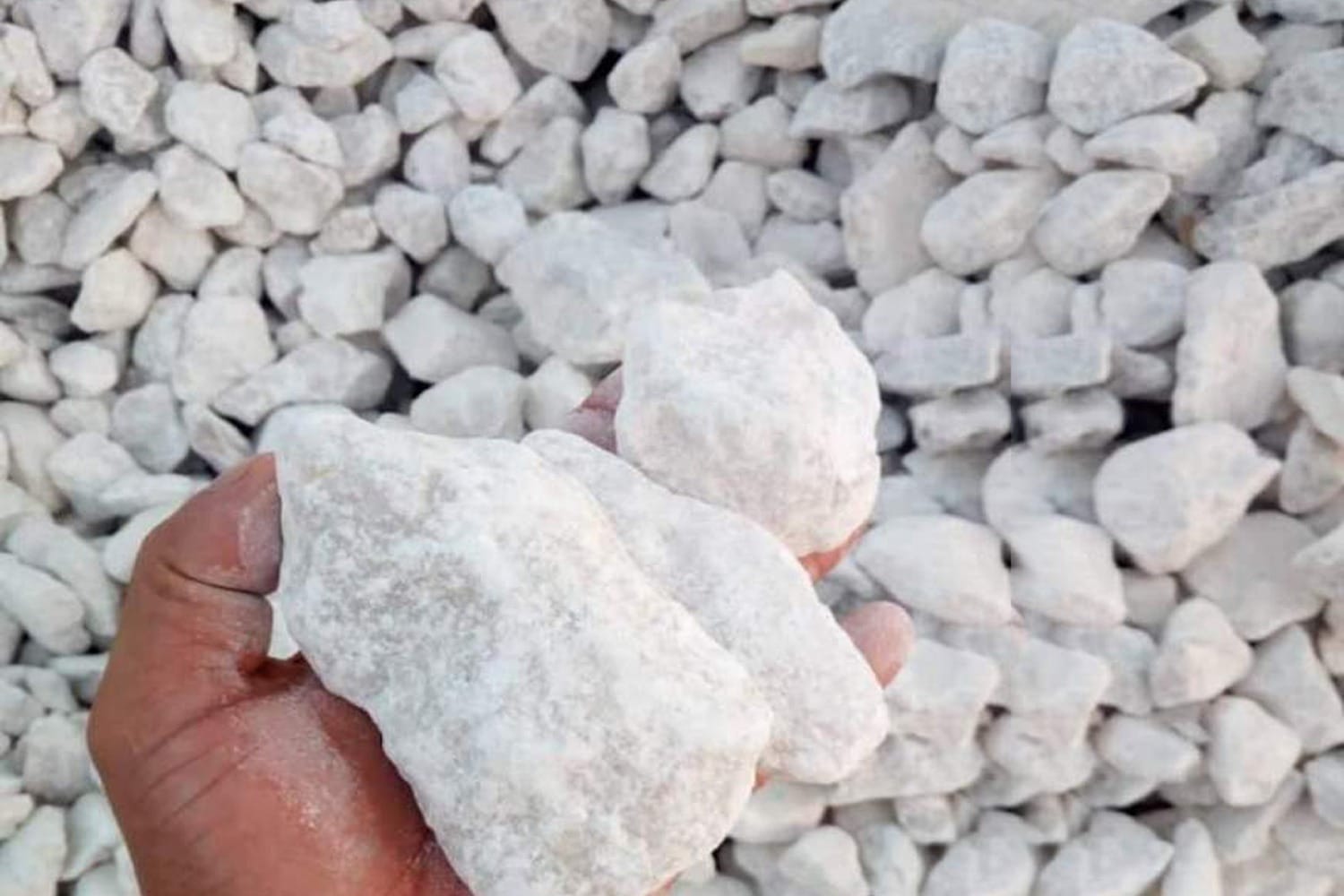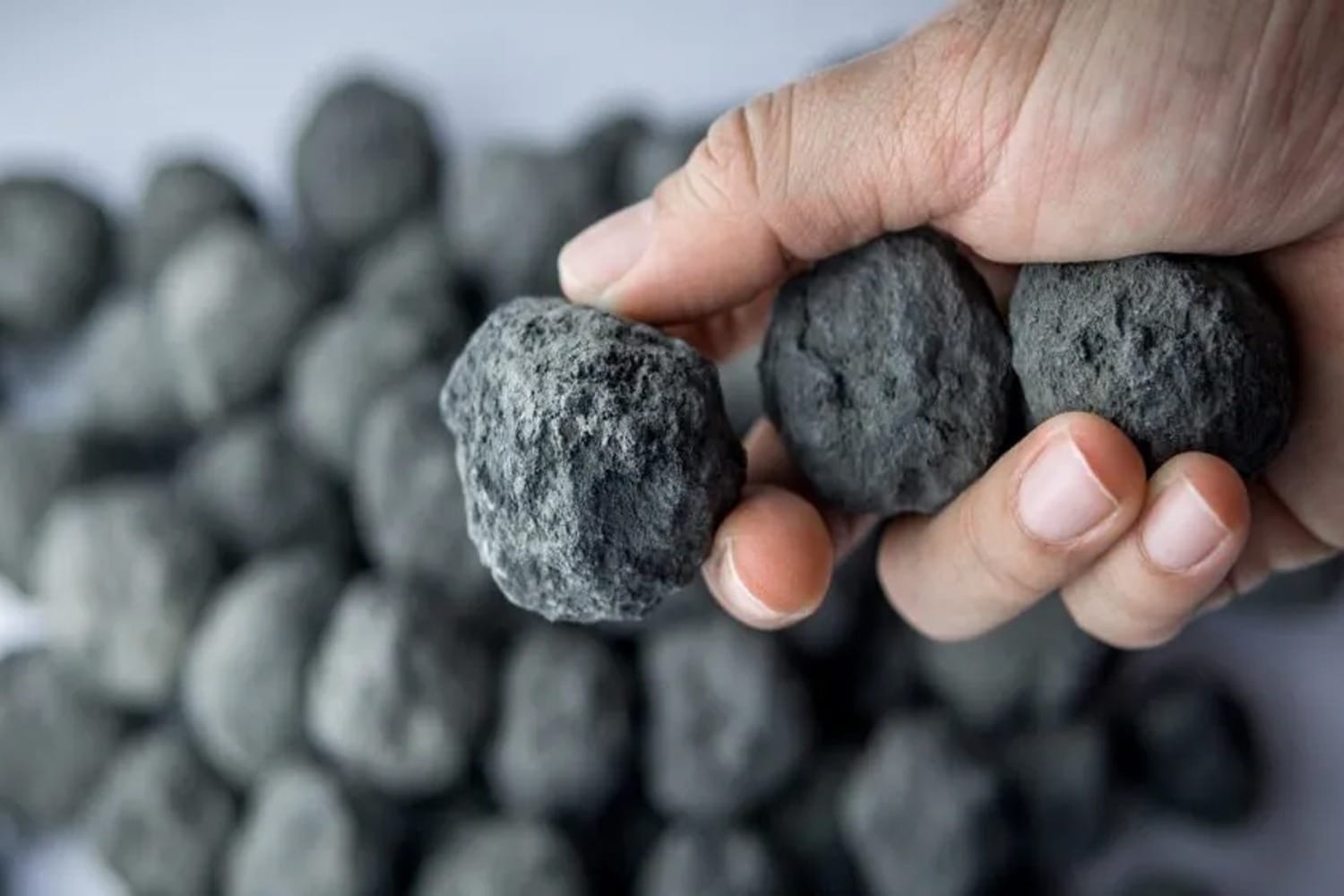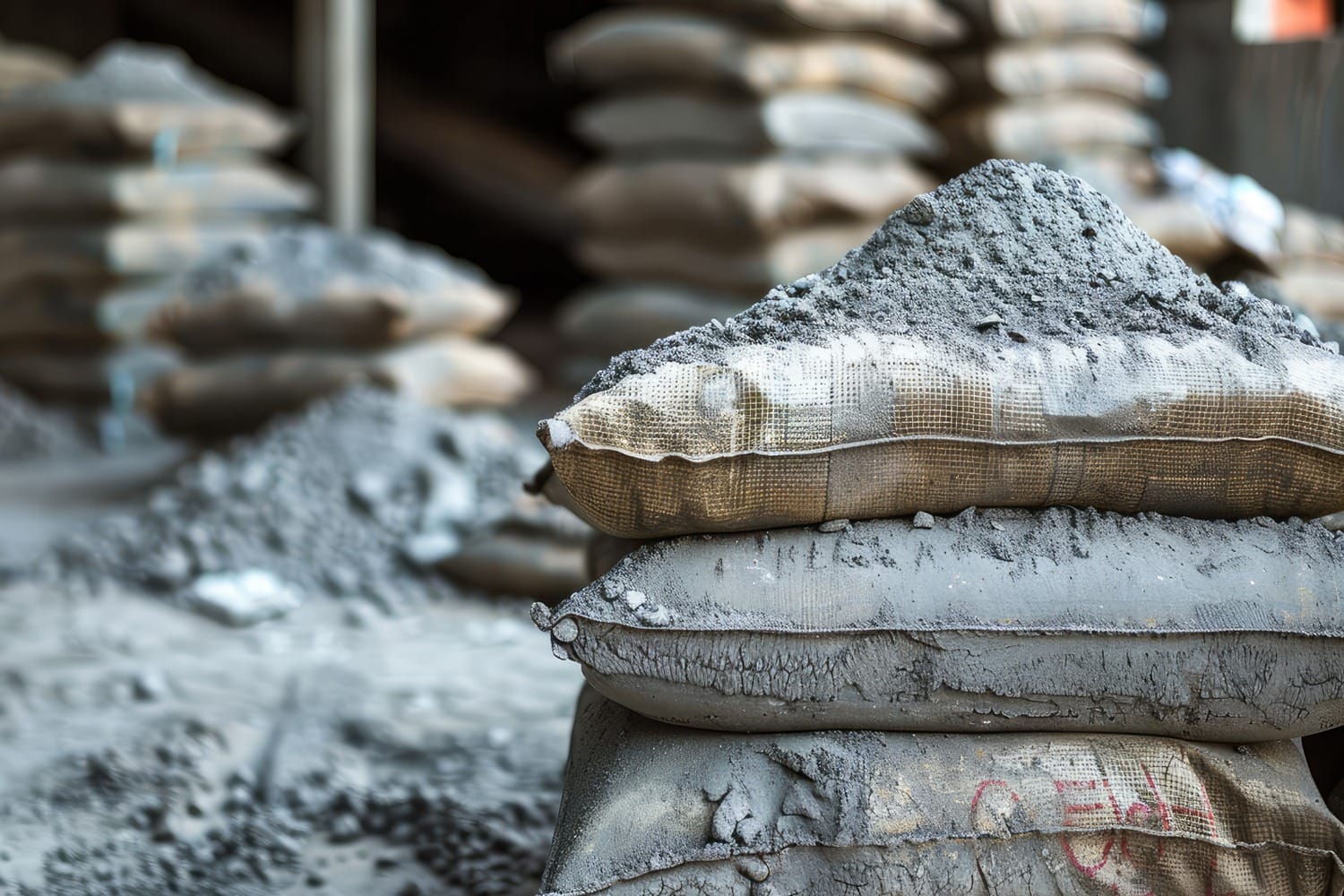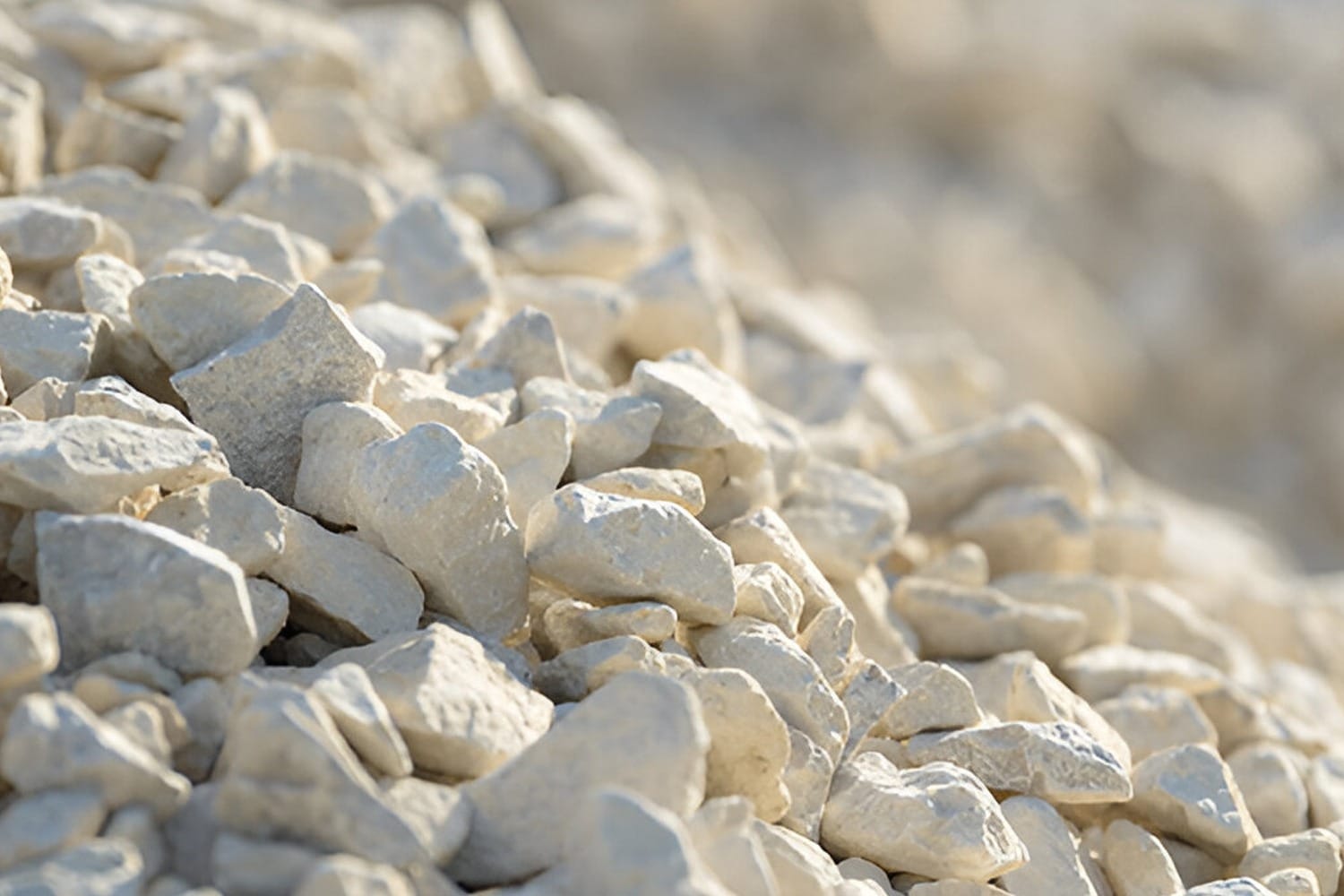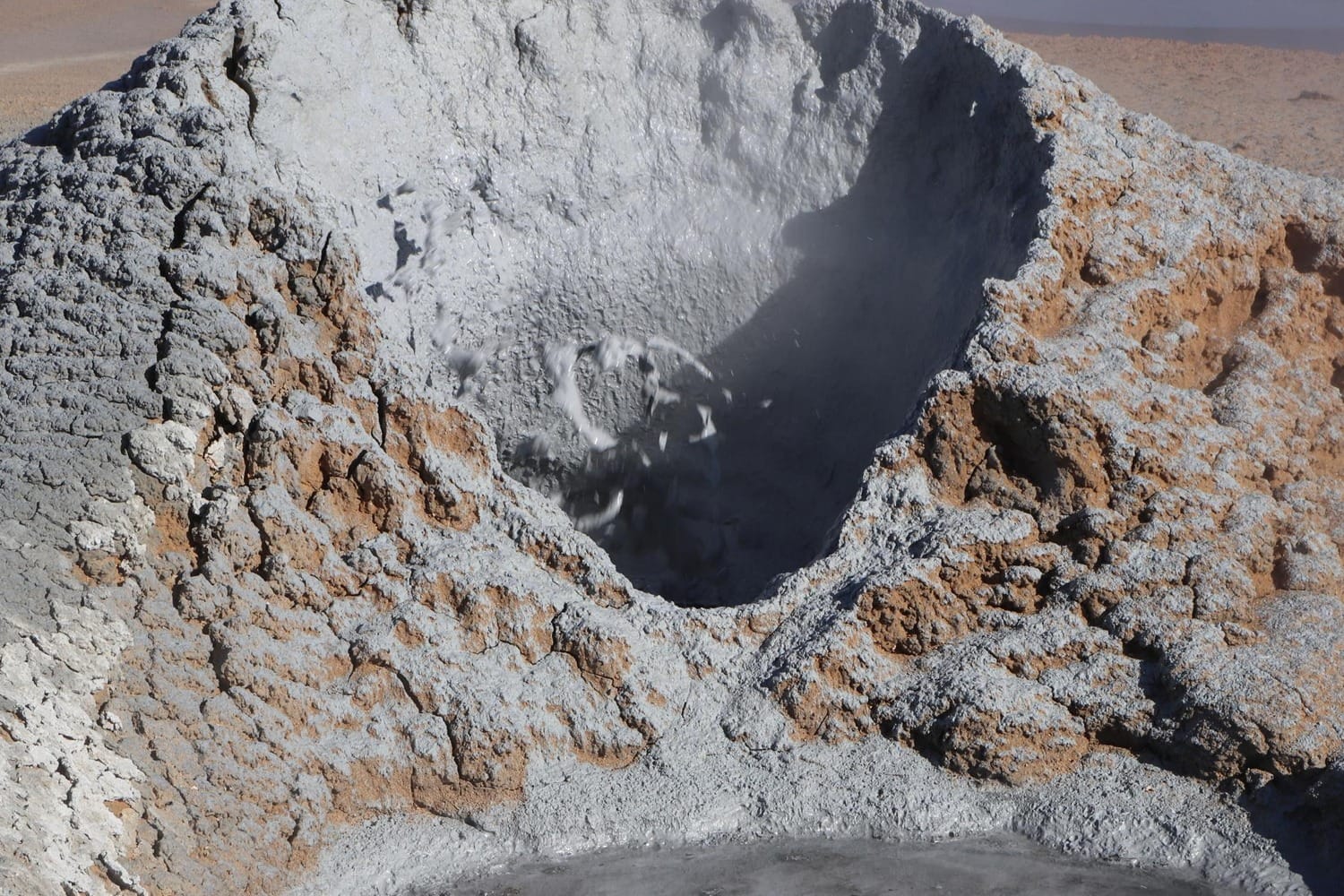
Key Characteristics
1. Composition
- Mainly consists of silica, alumina, and calcium, with smaller amounts of iron oxides and other trace elements.
2. Appearance
- Light to dark gray fine powder.
3. Chemical Properties
- Pozzolanic activity: Reacts with calcium hydroxide in the presence of water to form cementitious compounds.
Benefits
1. Improves Concrete Properties
- Enhances workability and pumpability.
- Reduces water demand, increasing slump and reducing segregation.
- Improves long-term strength and durability.
2. Environmental Advantages
- Utilizes industrial waste, reducing landfill usage.
- Decreases the carbon footprint of construction materials by replacing a portion of Portland cement.
3. Thermal Performance
- Reduces heat of hydration, minimizing thermal cracking in mass concrete structures.
4. Cost-Effective
- Provides a cheaper alternative to pure cement.
Applications
1. Concrete Production
- Widely used in making blended cements and as a partial replacement for ordinary Portland cement.
- Replacement levels typically range from 15% to 50%, depending on the application.
2. Soil Stabilization
- Enhances the strength and durability of weak soils in road construction.
3. Geopolymers
- Fly ash is used as a key component in creating geopolymer concrete, a sustainable alternative to traditional cement.

